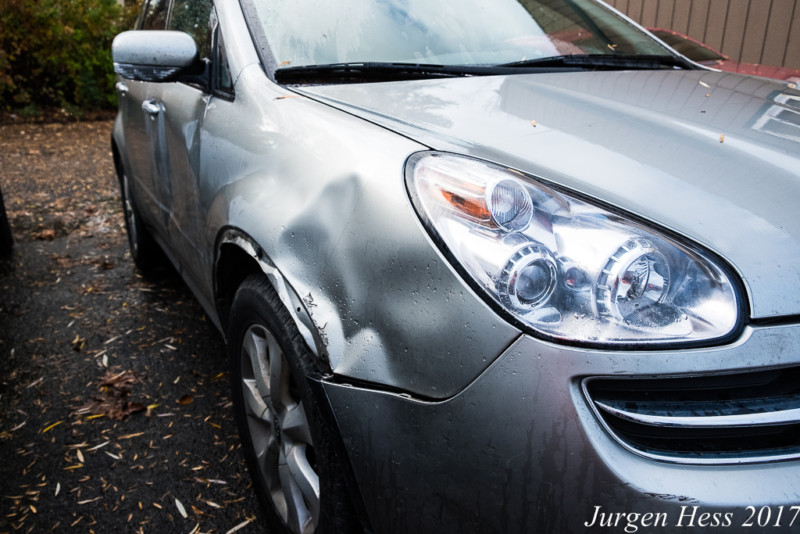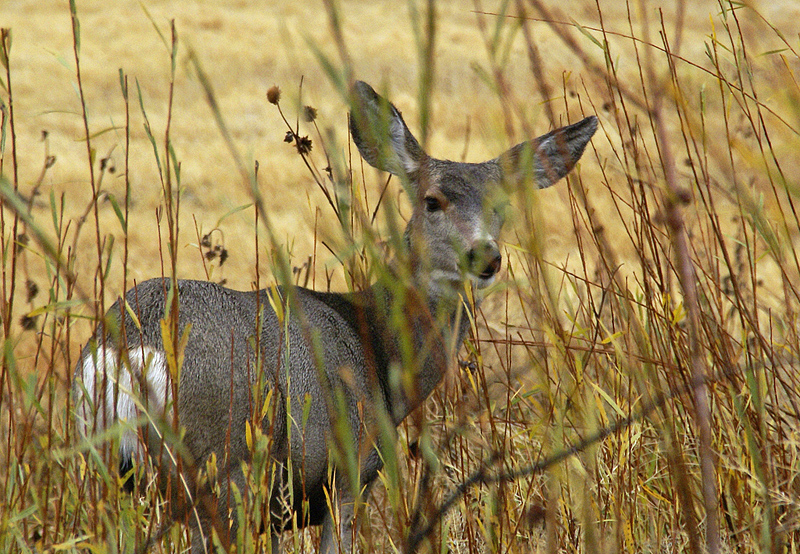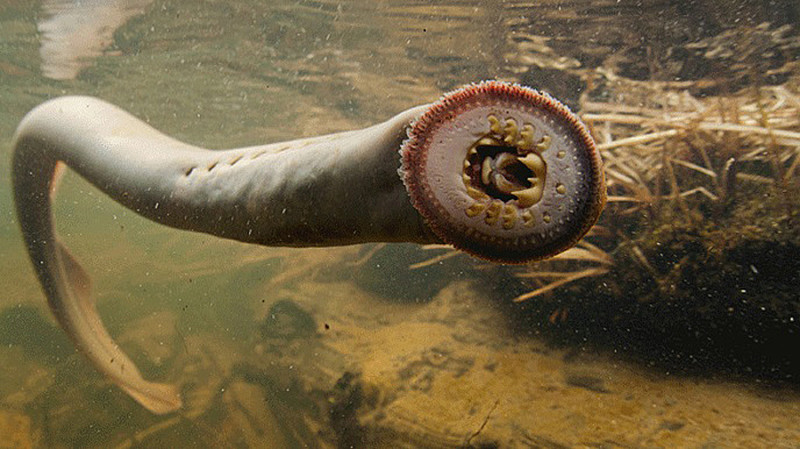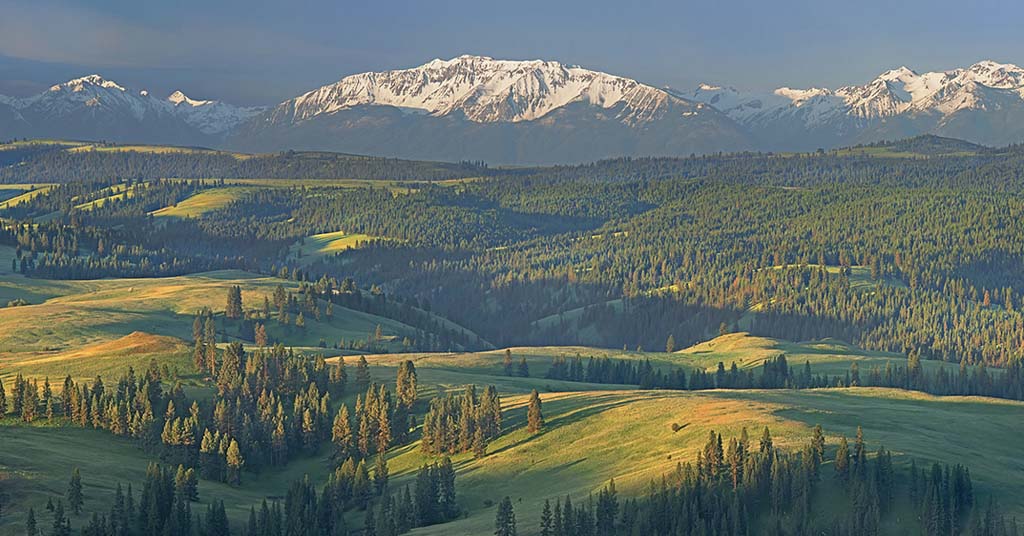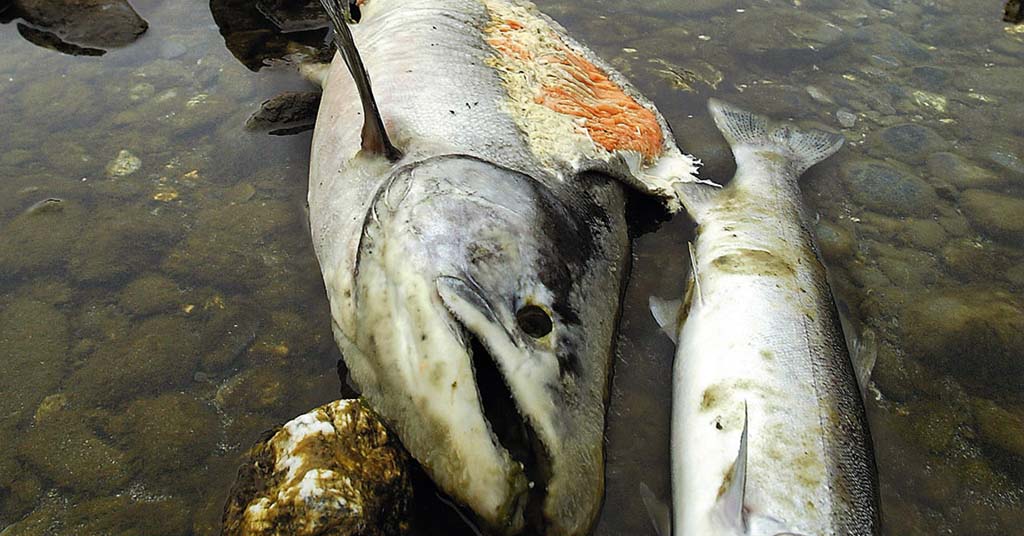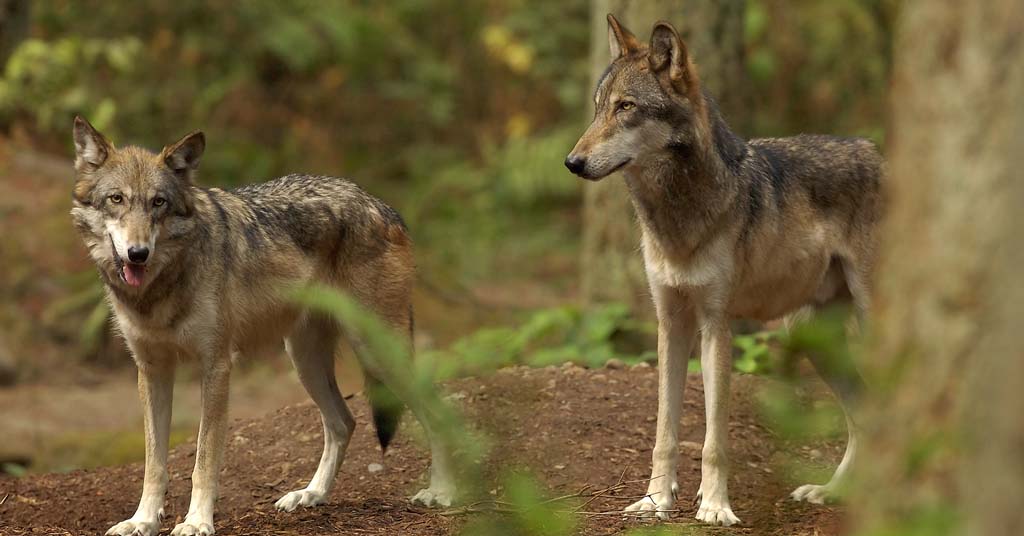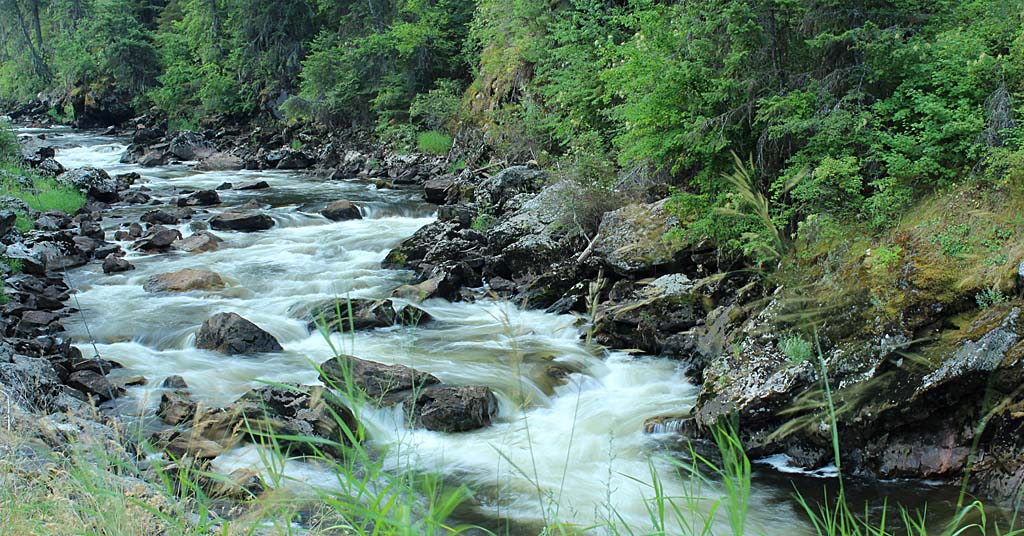Editor’s note: Eliza Murphy explains why and how drivers need to watch out for deer crossing roads this time of year.
By Eliza Murphy. Nov. 20, 2017. A doe sprinted across the county road with a buck in hot pursuit tonight again. I missed them by seconds. Too foggy. Dusk. November. They came out of nowhere and dashed into the darkening meadow. Not all deer will be as lucky as that pair. Deer are more likely to be hit and die from vehicle strikes in November than any other month. Why November?
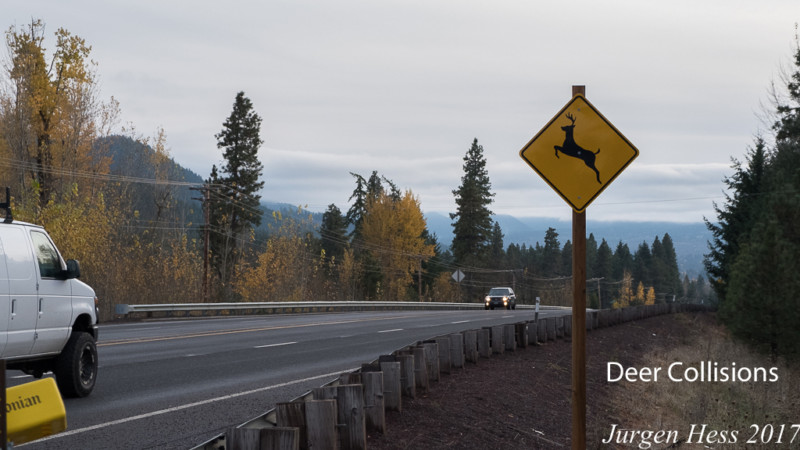
Guided not by time clocks, but by shifts in light, deer typically emerge from cover at dawn and dusk to dine. Breeding season occurs in late fall, making deer unpredictable: they act out of character, and chasing and being chased. Colder weather sends them migrating to lower altitudes. All of it puts more deer on the move, often across our travel routes at twilight, when traffic volume swells as commuters go to and from work. The combination of variables creates inevitable conflicts.
In West Virginia the chance of hitting a deer is 1 in 41. In Montana, 1 in 58. In Oregon the odds of colliding with a deer may be slim by comparison, at 1 in 239, but wildlife vehicle strikes in Oregon increased by over five percent last year. Following a few precautions will help you travel safely to avoid becoming one of the unlucky drivers who strikes a deer in mid stride.
Road ecologists estimate that the annual mortality rate for deer hit by vehicles in the U.S. is well over a million and probably much higher than official counts. Washington State Police reported 1,100 wildlife vehicle collisions last year, yet maintenance crews removed 3,500 deer and elk carcasses off roadways. Then too, some deer manage to keep moving after being struck, only to die later far from the road.
Approximately 200 people die in wildlife collisions every year. Thousands more sustain injuries. Repair cost of the damaged automobiles annually tops $4 billion. Hitting an animal of any size causes emotional impacts that don’t register as statistics compiled by State Farm in its annual deer-vehicle studies. Neither do they capture damages incurred when a motorist swerves to avoid hitting an animal.
According to the National Highway Traffic Safety Administration, 94 out of 100 wildlife-vehicle crashes are due to driver behavior, which means most are avoidable.
Insurers advise motorists to slow down and stay in your lane, even if it means plowing directly into the animal. Swerving to prevent a strike risks a head-on collision. Driving off the road might save an animal’s life, but risks injuring or killing vehicle occupants. Slowing down and giving driving your undivided attention is the best approach to avoid plowing into an animal.
Knowing some fundamental anatomical and behavioral traits of deer can be lifesaving. Our eyeballs move up, down, around and straight ahead. Deer eyes stay put. Ever on the lookout for a potential predator, deer are highly attuned to movement. An advancing vehicle just keeps growing in size as it approaches. Deer register the looming threat as a predator, forcing a snap decision to escape danger. That means: run for it!
Sandra Jacobsen, a retired U.S. Forest Service biologist, played an instrumental role in developing a model for assessing animals’ behavioral responses to roads in an effort to find ways to protect wildlife. Deer, she wrote, flee when confronted with danger. But they are also known to stand still to take stock of a threat before running away, especially if accompanied by fawns.
Then there are deer she calls ‘speeders’ that seize opportunities to dart into gaps between moving vehicles. As traffic volume rises, so does their rate of mortality. Yet, high traffic volume deters them from attempting to cross roads, making interstates a less likely place to encounter deer in the road.
All this means we can’t predict what a deer or elk will do in response to our vehicle. We have to give driving our full attention.
Even though two lane highways are generally the most dangerous for deer and vehicle occupants, drivers in the Gorge should be especially cautious while travelling roads the Oregon Department of Transportation identified as roadkill hotspots.Deadly spots occur on 1-84 from Hood River to The Dalles and for several miles east of Rufus, as well as a stretch of Highway 97 between Wasco and Moro.
To reduce the risk of hitting a deer:
- Pay attention to the task: driving. Distracted driving is one of the leading causes of crashes.
- Lower dash lights to increase visibility of the roadside.
- Perform continuous sweeps of the road and its edges. Stay alert for animal movement.
- When you see one deer, expect more. They tend to travel together. Expect surprises.
- Slow down, especially at dawn and dusk.
- Be mindful of deer crossing signs. Signage only gets posted where there is a concentration of roadkill.
- Do not rely on deer whistles. Deer cannot hear them.
- Be on the lookout for deer near roadsides with dense vegetation, when entering a curve, or cresting a hill.
If you have the misfortune of hitting a deer, or any animal, don’t leave the scene and leave the animal laying in the road or roadside. Stay calm. Move your vehicle out of the road, if it’s safe to do so. Turn on your flashers. Determine if the animal is alive. If so, call the local animal control office, police dispatch or 911 to report an injured animal. Wait with the animal until professional help arrives so that responders can find and tend to the wounded animal. In Oregon, citizens are allowed to humanely euthanize a wounded animal to end its suffering, rather than have to wait for an official to arrive. If the animal is dead, contact the state police or Department of Fish and Wildlife.
Last summer, Oregon finally joined dozens of other states to allow harvesting of deer and elk from highway collisions, but permits will not be available until January 2019. Until the rules are finalized and issued officially, it is illegal to keep any part of a deer or an elk killed by a vehicle. This law applies to licensed hunters, too. OFW does not consider this a ‘legal method of hunting.’
Fall is here. Watch for those eyes along the road.


